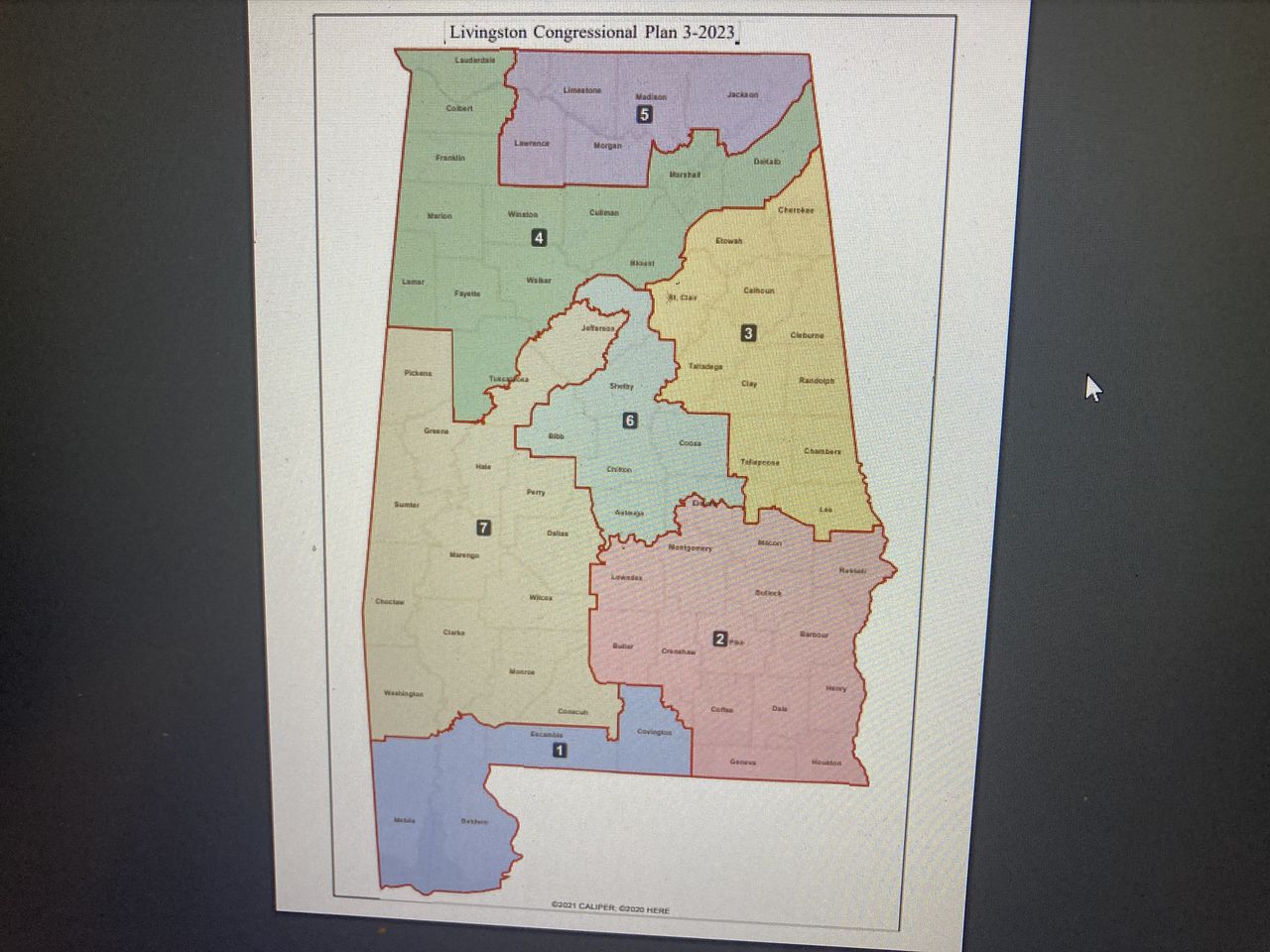Smith: Alabama’s Hail Mary congressional maps fail voters
On the heels of a stinging rebuke in Allen v. Milligan, Alabama has redrawn congressional districts inconsistent with the United States Supreme Court’s recent reasoning and the basics of the Voting Rights Act (VRA). It’s a missed opportunity which will almost certainly result in an unelected Special Master creating congressional districts in Alabama instead of legislators.
Legislative map drawing under Section 2 of the Voting Rights Act (VRA) demands racial gerrymandering. We should be honest about that reality. Otherwise, it would be nearly impossible to create a majority-minority district. In Allen, Chief Justice Roberts noted that deciding “whether additional majority-minority districts can be drawn” requires a “quintessentially race-conscious calculus.”
Other columns by Cameron Smith:
But the Court is understandably uncomfortable with the idea that race alone should decide how legislators draw districts.
The VRA, subsequent amendments, and judicial interpretations are a quagmire of subjectivity and seeming contradictions. Section 2 of the VRA states that no racial group has a right to representation “in numbers equal to their proportion in the population.” Yet the District Court in Allen focused heavily on the percentage of Black voting-age Alabamians (27%) relative to the overall percentage of majority-Black House districts. The Supreme Court has said that race must be a “consideration” in drawing legislative maps, but race must not be given a “predominant” role without a “compelling reason.”
If it all seems a little confusing, that’s because it is.
Rather than clear tests and bright lines, the VRA relies heavily on a “totality of the circumstances” analysis which basically boils down to a judge subjectively determining whether a legislative map complies with Section 2. Yes, the relevant considerations have been well established in case law, but how to weigh them in a context of historical and present discrimination is anything but certain.
Alabama legislators have relied on that uncertainty in the dim hope they will be able to maintain six Republican-dominated legislative districts. The newly enacted maps make the current majority-Black Seventh Congressional District far more competitive and decline to create a second majority-Black district.
From a legal perspective, that dog will not hunt.
Alabama’s primary arguments in defense of the new maps aren’t materially different from those recently dispatched by the Court in Allen. There the Court reaffirmed the well-established Gingles test and agreed with the lower court that plaintiffs were likely to prevail against the state on Section 2 grounds for a map with only one majority-Black district.
The VRA creates districts where politically cohesive and geographically contiguous voters of a shared race have the opportunity to elect their preferred candidates.
“Plaintiffs’ illustrative maps ‘strongly suggest[ed] that Black voters in Alabama’ could constitute a majority in a second, reasonably configured, district,” Chief Justice Roberts wrote in Allen. The lower court in Allen was even more precise in noting “any remedial plan will need to include two districts in which Black voters either comprise a voting-age majority or something quite close to it.”
While Alabama certainly isn’t compelled to use the plaintiffs’ maps produced in Allen, the Supreme Court has placed a heavy hand on the judicial scales in favor of two majority-Black districts. In his Allen dissent, Justice Clarence Thomas made every possible argument against the VRA and did so in a far more precise manner than the State of Alabama. He did not persuade his colleagues.
The VRA is both current law and constitutionally supported by the Supreme Court.
Alabama’s elected leaders have decided the best path forward is to throw a Hail Mary pass in the form of maps they prefer. If they fail in court, a judge or special master will make the maps for them. When Democrats pick up a congressional seat in the state, Republicans will undoubtedly blame activist judges. They should have taken the opportunity to be strategic in their mapmaking instead of belligerent.
Smith is a recovering political attorney with a house full of boys, two dogs, a bearded dragon, and an extremely patient wife. He’s a partner in a media company, a business strategy wonk, and a regular on talk radio. Please direct outrage or agreement to [email protected] or @DCameronSmith on Twitter.
